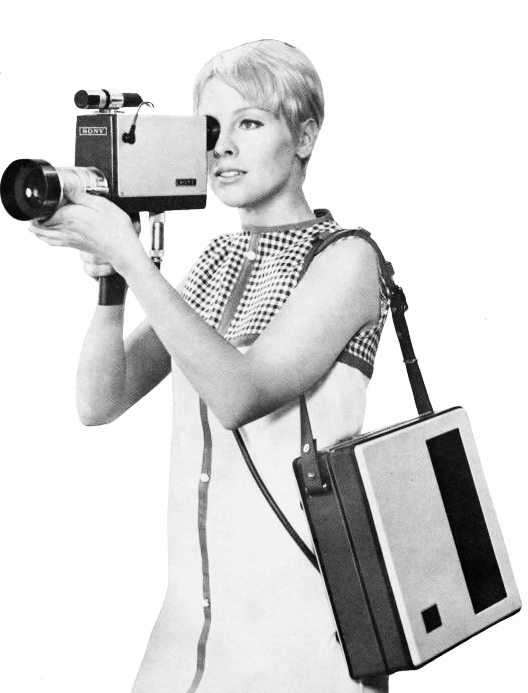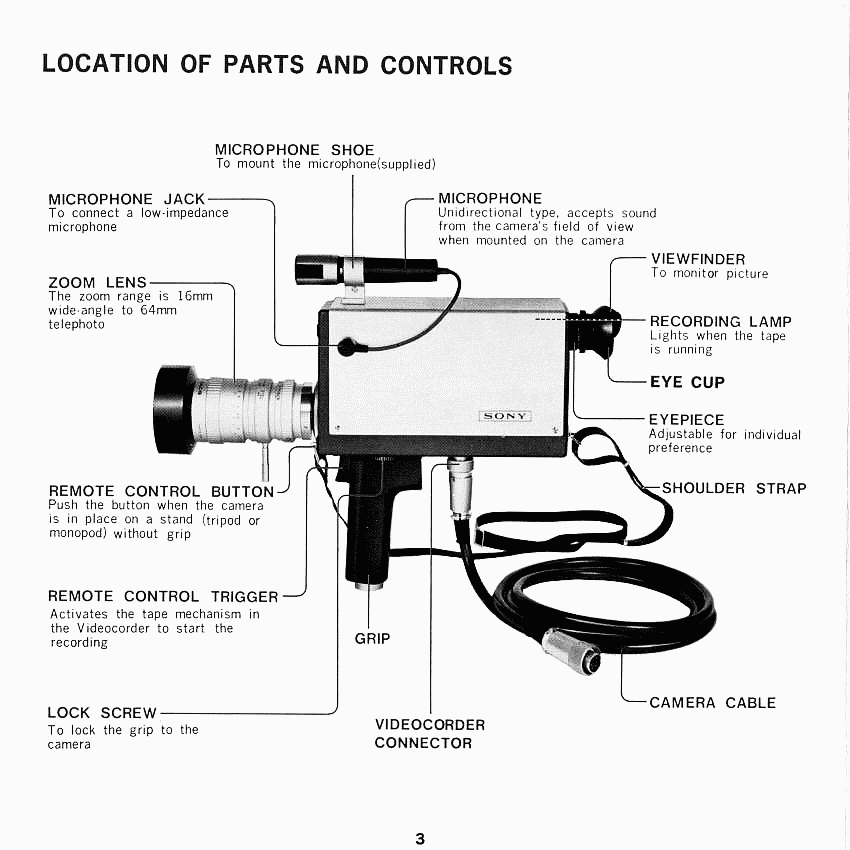In Part I of “The Origins of Video Art: The Historical and
Cultural Context,” Chris Meigh-Andrews mentions and argues several great points
supporting the development – “history” – and advancement of video art. However,
two points that I found particularly interesting throughout the reading were;
artists were drawn to video art because it didn’t have a history and that video
art was used as a sort of defiance against broadcast television.
I find it very interesting that people gravitated to this
art form because there were no established rules like that of painting or sculpting.
This lack of guidelines to govern how video art had to be shot or edited,
created a sense of freedom that artists craved that wasn’t offered to them in
other mediums. Artists across the world fell in love with video art because it
gave them the liberty to do whatever they desired and to be creative outside a
set of rules.
Furthermore, with the lack of rules to govern creativity and
the constant development and advancement of technology, more opportunities
became available to artists to acquire the equipment they needed. As is stated on
page 5 of “Part I, The Origins of Video Art: The Historical and Cultural
Context” of Chris Meigh-Andrews A History
of Video Art: The Development of Form and Function, “The development of
video as a medium of communication has been, and remains heavily dependent on
technology, and the activity of artists’ video is inevitably as dependent on
the same technological advances.”
This illustrates that the constant advancement of technology
is what pushes video art and continues to let it strive. Consider the fact that
before the twentieth century video recording was only readily available to
broadcast television just by the mere fact that the equipment was excessively
large and very expensive to own. However, starting in the 1960s, when interest
began to boom in an attempt to produce art of the form of broadcast television,
there began an “extraordinarily rapid development…transforming video from an
expensive specialist tool exclusively in the hands of broadcasters…into a
ubiquitous and commonplace consumer product.”
This advancement gave artists the opportunity to own
equipment like the Portapak and to capture movement around them. However, as
technology continues to improve even in this present day, so does the quality
of video art and its accessibility.

